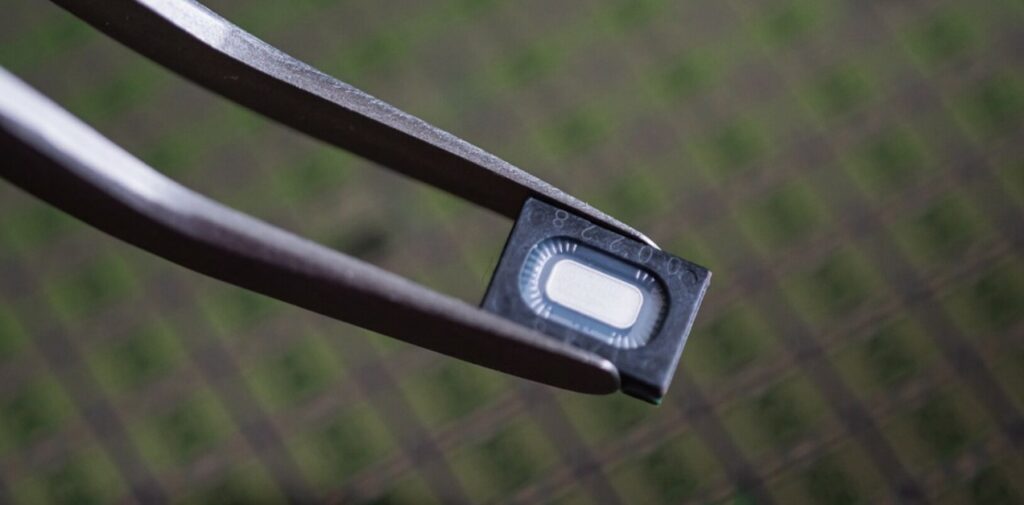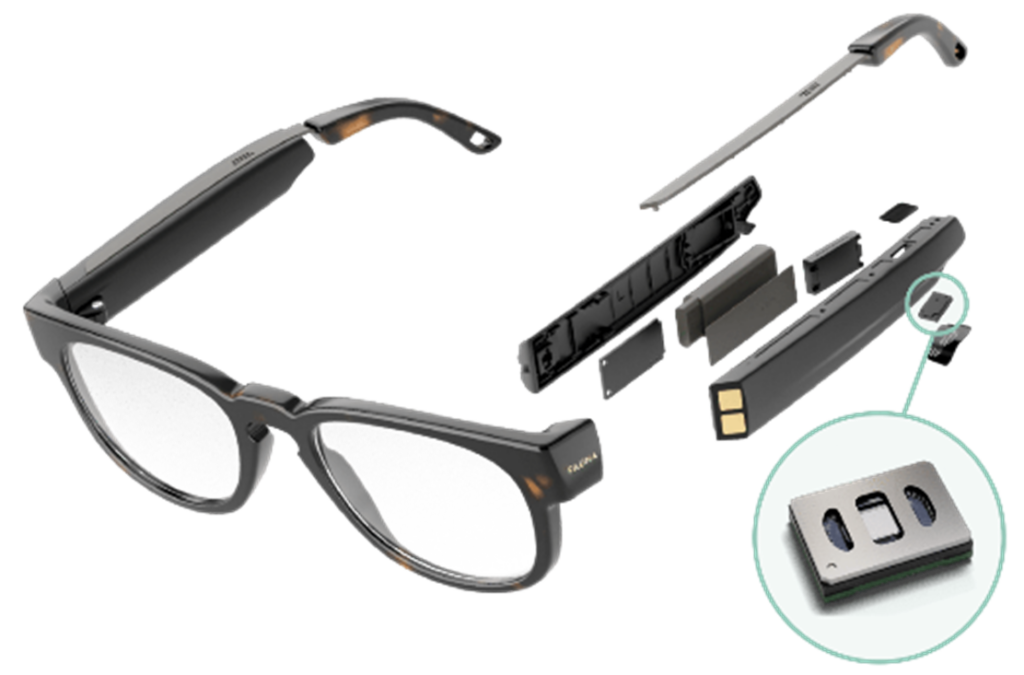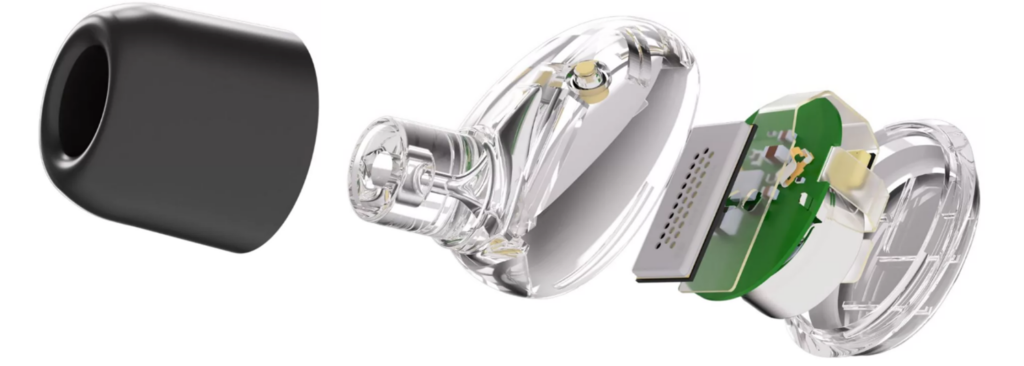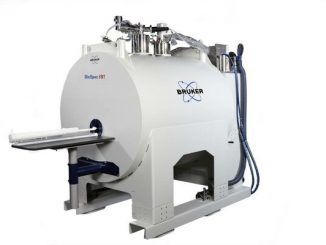
Plug in your buds and hold on. Fundamental changes are coming to personal audio sound, long a bastion of magnets and coils intricately designed from one iteration to another. A dramatic change Is taking place in the design of audio speakers for wireless devices such as headphones, earbuds and hearing aids as product designers embrace MEMS technology to improve performance and miniaturize.
Special Report: Magnetic Technology Innovation at CES 2024
The shakeup was poignant at this year’s Consumer Electronics Show (CES 2024) in Las Vegas where audio product developers annually flock to showcase their latest designs and explore new technologies. Examples of the turmoil were:
- startup Otowahr that unveiled what it billed as the world’s first magnetic MEMS dynamic driver;
- USound of Austria which skips the use of magnets altogether, enabling its systems to integrate safely with magnetic resonance imaging (MRI) scanners for healthcare;
- xMEMS Labs from Silicon Valley whose solid-state microspeakers use monolithic capacitive piezo-MEMS manufacturing to compete with traditional voice coil speakers
Microelectromechanical systems (MEMS) bring disruptive technology to traditional moving coil or balanced armature driver designs, setting new benchmarks for size, sound quality, power consumption and manufacturing capability. As solid-state speakers, they can be soldered directly onto a circuit board eliminating component complexity. Initially patented in 1877, the electrodynamic speaker still flourishes as one of the few functions in audio products not having transitioned to solid-state technology. But market forecasters say this is about to change rapidly, following a similar trajectory to the path of microphones going solid state.
The approach by Otowahr, which sees itself as material scientist and audiophile fused with semiconductor precision, is a monolithic electromagnet MEMS speaker targeting the markets for true wireless stereo earphone, in-ear monitor and hearing aids. At CES, it introduced its integrated design kit for earphone and hearing aid developers.

The driver consists of three major components — magnet, coil and membrane. The concept has been in academic fields more than a decade, explains the company. Most of the mass consists of an optimized silicon structure based on a very light but very stiff membrane. The electromagnetic motor is composed of a micro-assembly permanent ring magnet and of a deposit mobile planar coil fixed on the top of the silicon membrane. The new breed of membrane material is arranged between magnet and coil to improve sound quality and make form factor smaller. The membrane of Otowahr’s microspeaker provides better elasticity, therefore low frequency is preserved better while size is only about 25% of those in other earbuds.
Otowahr products emerged in 2022. Product architecture is conducted in Sunnyvale, California while research and production is based in Hsinchu, Taiwan, close to allied semiconductor manufacturing and university research centers. For more info, see www.otowahr.com.
USound takes non-magnetic MEMS approach

USound, a developer of MEMS audio solutions located in Graz, Austria, takes a decidedly non-magnetic path with a steady eye on avoiding electromagnetic interference in medical and other applications. Bringing out MEMS-based audio speakers since 2018, it holds more than 300 patents and now employs about 70 people. Its technology relies on the piezoelectricity effect. Multiple piezoelectric cantilevers push a piston up and down, replacing the traditional coil used in electrodynamic and balanced armature speakers.

“It is great to see that our products are already enabling many customers to present revolutionary audio products at CES 2024,” said Ferruccio Bottoni, CEO. “Many of our audio solutions are being integrated into state-of-the-art devices, including hearing aids, a new development that is set to change the lives of millions. It is great to see that MEMS speakers have started to disrupt the audio industry.”
Its Archelous speaker target developers of MRI-headphones due to the absence of ferromagnetic parts in its design. The speaker is now a key component of NordicNeuroLab’s patient-soothing MRI-compatible over-ear headphones that will be available on the market in the first half of this year, aimed at both clinical and research applications. The company is a global producer of MRI-compatible medical equipment for functional MRI studies.
.
This microspeaker has no metallic components and can be safely used in MRI machines. Metals may interfere with the magnetic field used to create an MRI image and can cause a safety hazard. At the same time, MRI screenings produce a lot of noise which can frighten the patients, making the use of headphones necessary. Traditionally, MRI headphones are pneumatic, placed outside of the machine with long plastic tubes connecting the transducer to the ear of the patient.

In another recent application, USound’s MEMS speakers were used for an experiment aiming to create a musical instrument that works in space. Selected by the company Physical Synthesis for its non-magnetic properties and small size, USound’s Conamara was set to be the tiniest speaker series to orbit the Earth, to be launched into space aboard a SpaceX Falcon 9 rocket. “A major hurdle for Physical Synthesis to play sound and music in our Blue Marble Synth satellite was that magnets are basically forbidden since it would change the direction of the spacecraft. When we discovered USound, I was relieved not only that it was a magnet-free solution but that sound was amazingly good,” explained Spencer Topel, founder of Physical Synthesis.

xMEMS Labs, a pioneer in solid-state fidelity headquartered in Santa Clara, California that seeks to displace coil speaker technology, introduced several solutions for true wireless earphones, in-ear-monitors, digital hearing aids, and other emerging personal audio electronics including smart glasses and sleep buds. Its speakers use thin-film piezo technology as the actuator, replacing the coil and magnet, combined with silicon as the speaker diaphragm instead of plastic or paper. Weight can be about 10% and size about 40% of similar coil speakers.
For more info, see www.otowahr.com, www.usound.com, www.nordicneurolab.com, www.physical-synthesis.com and www.xmems.com.



